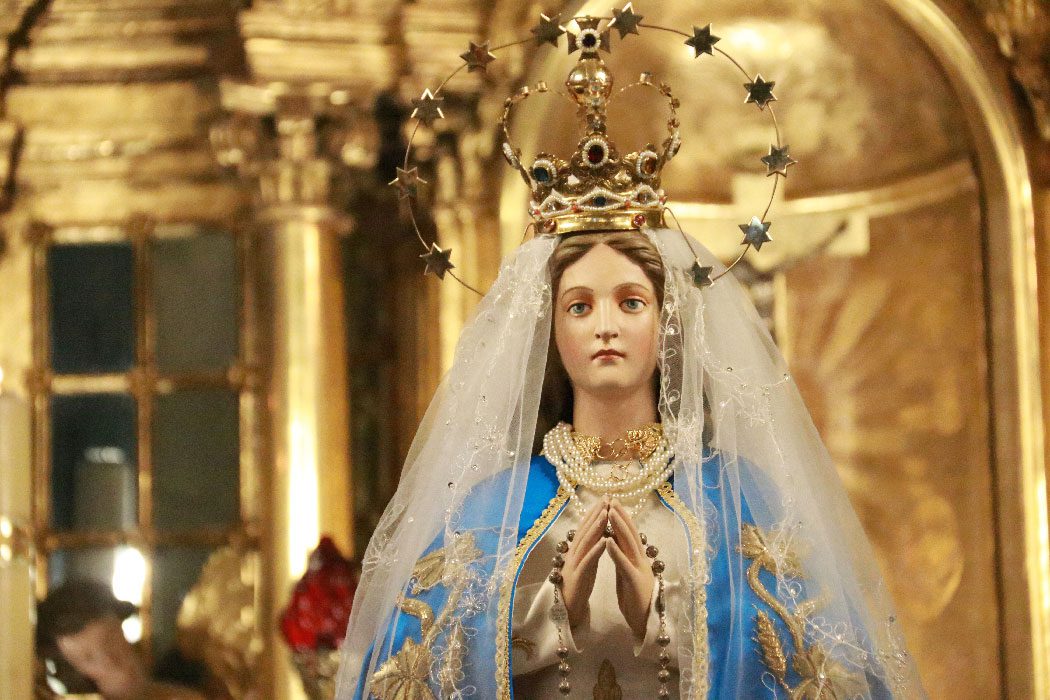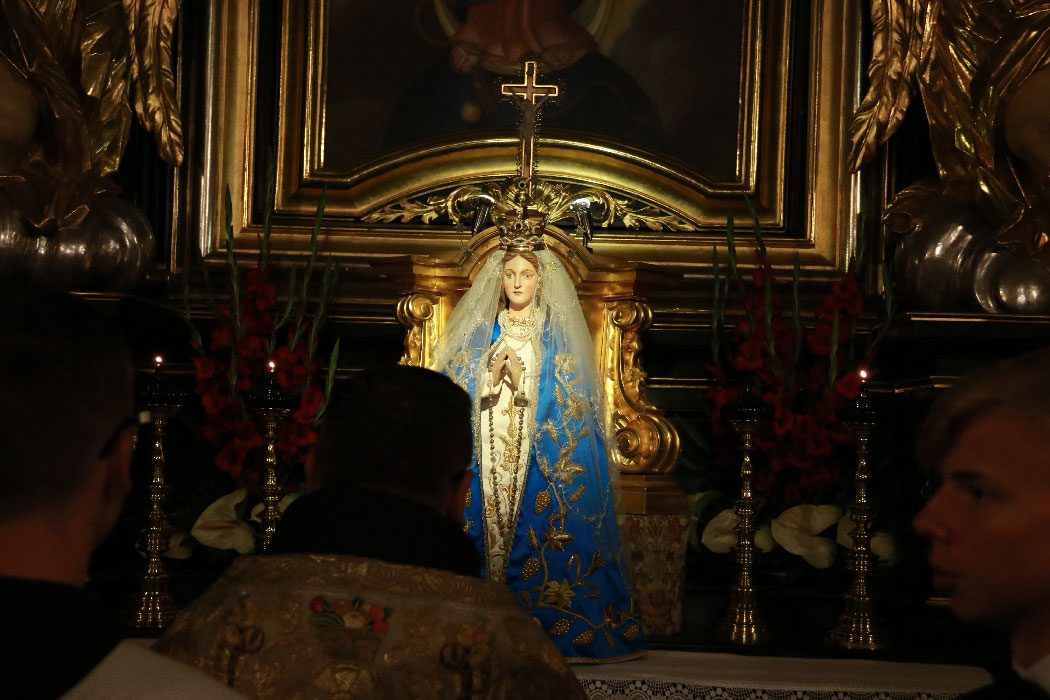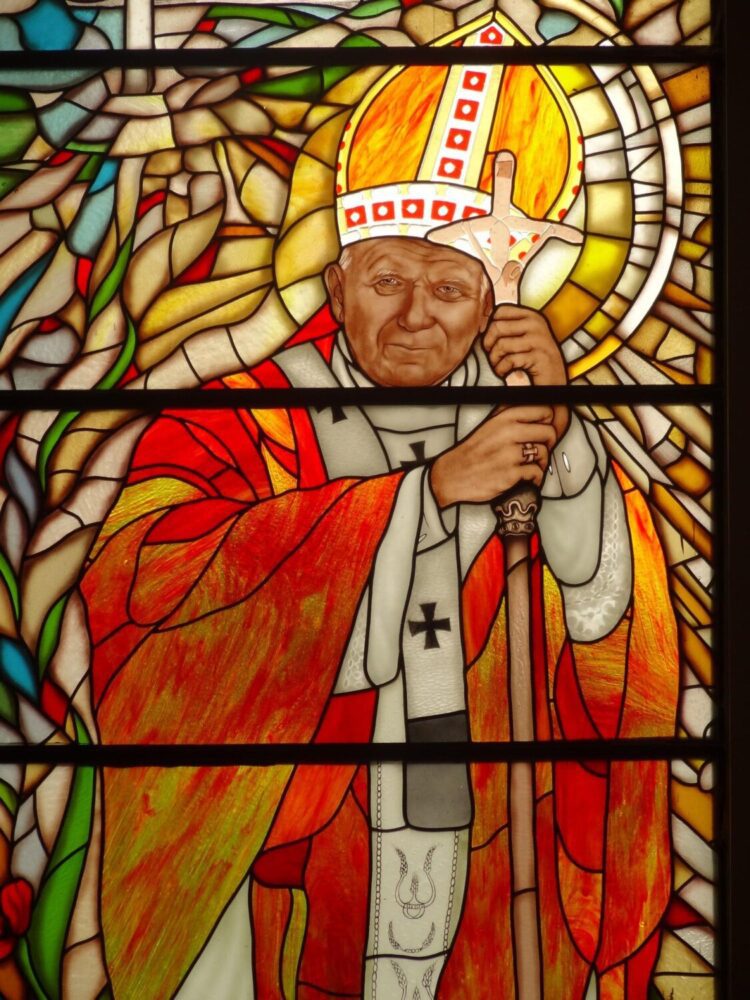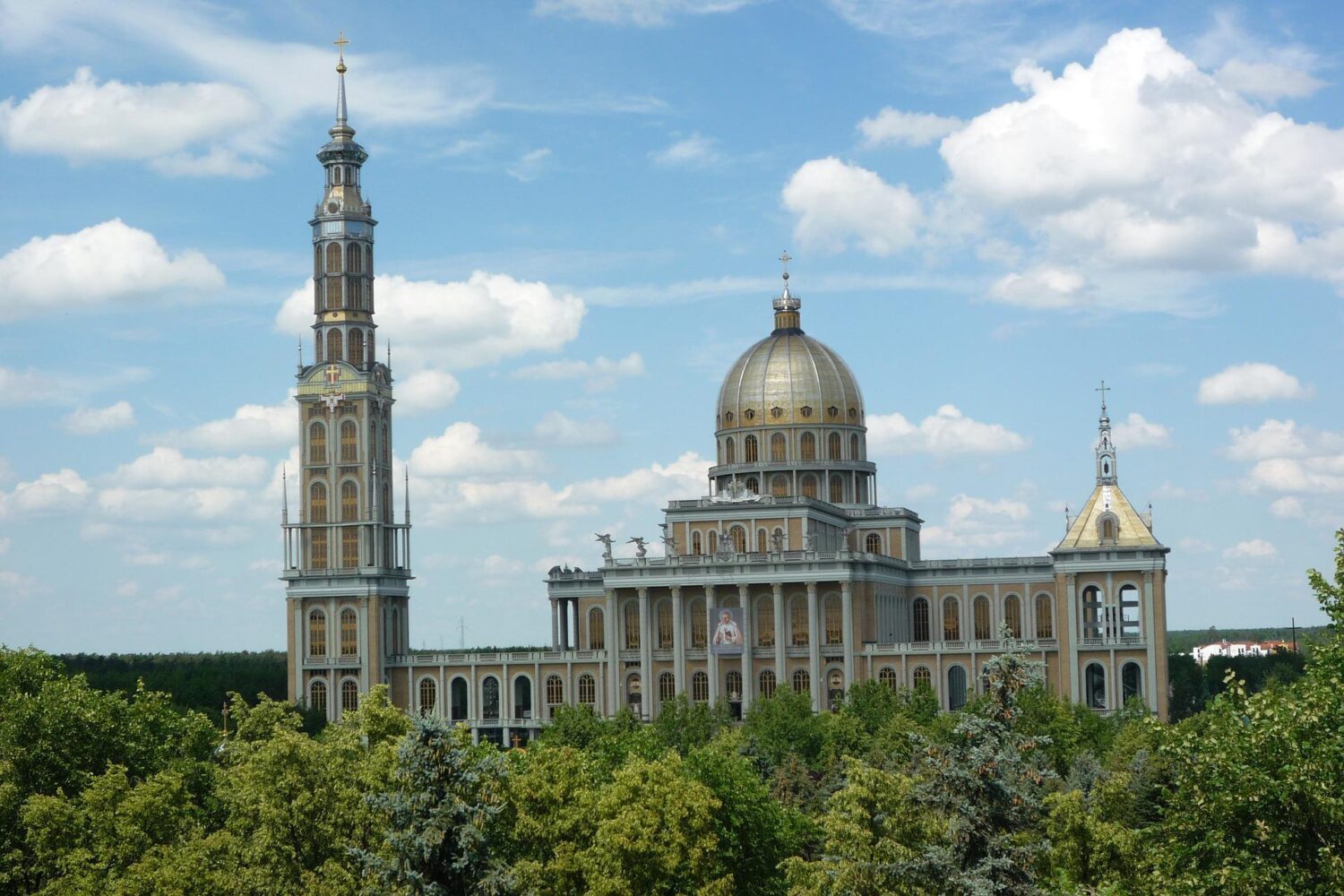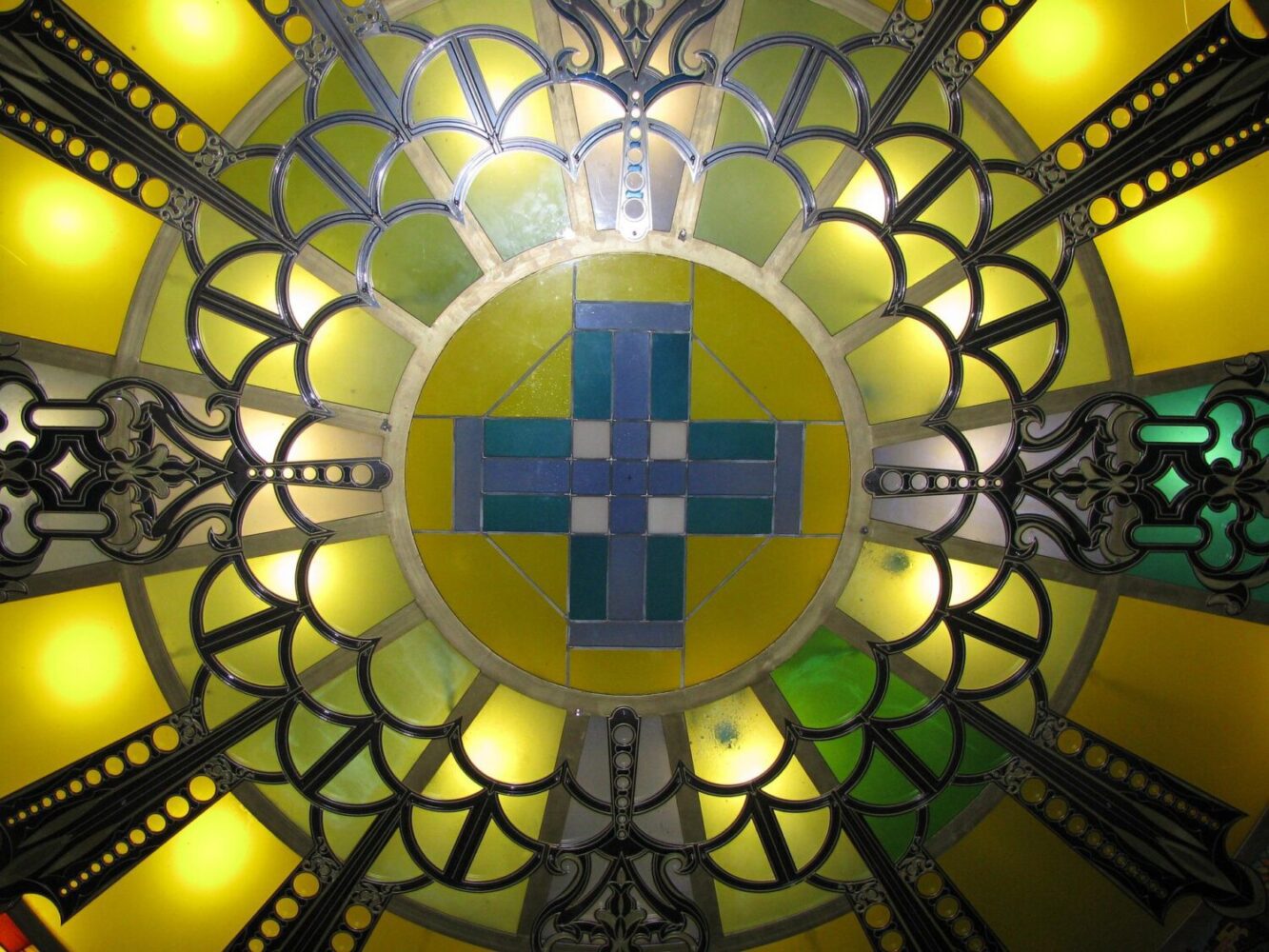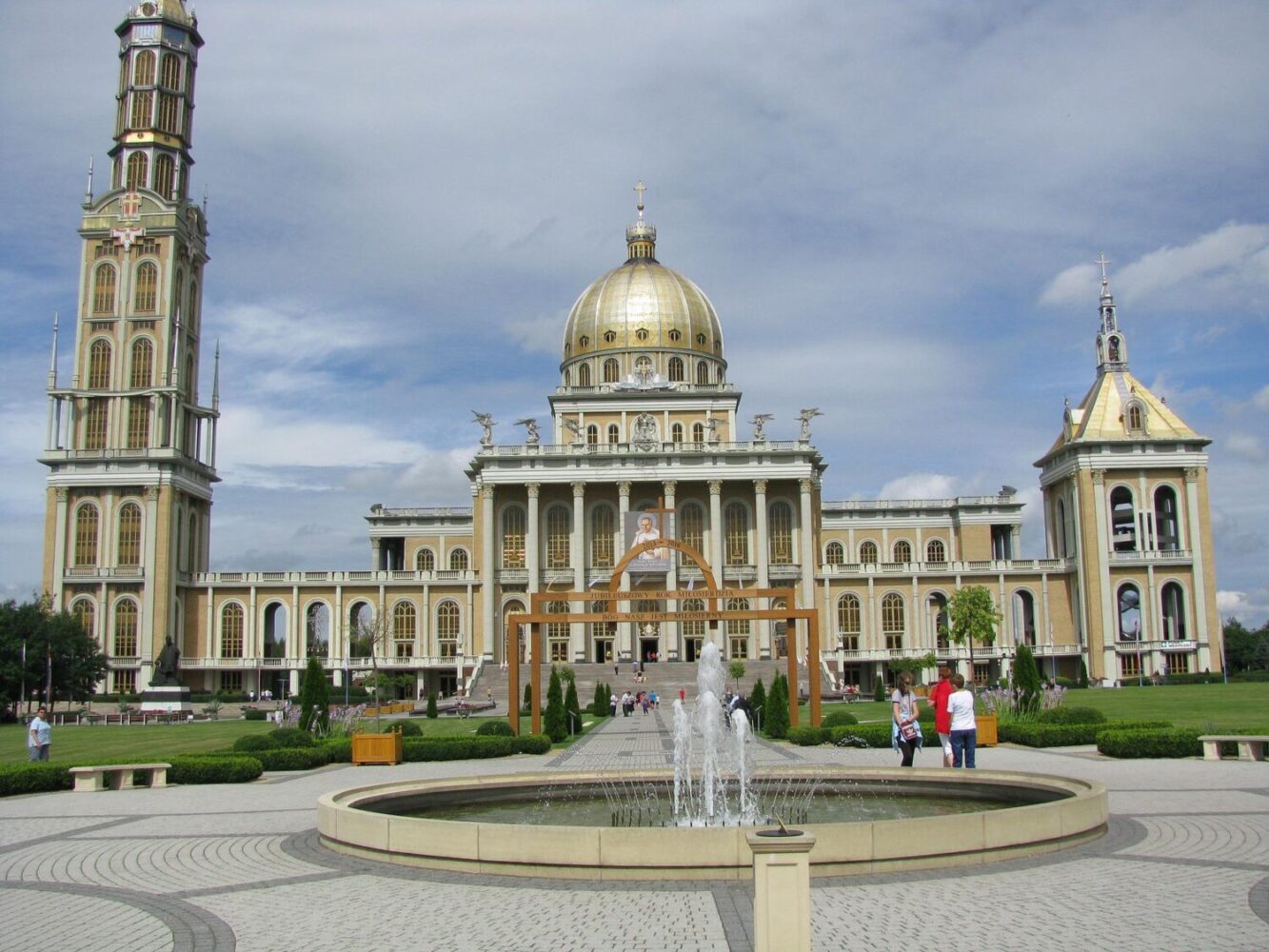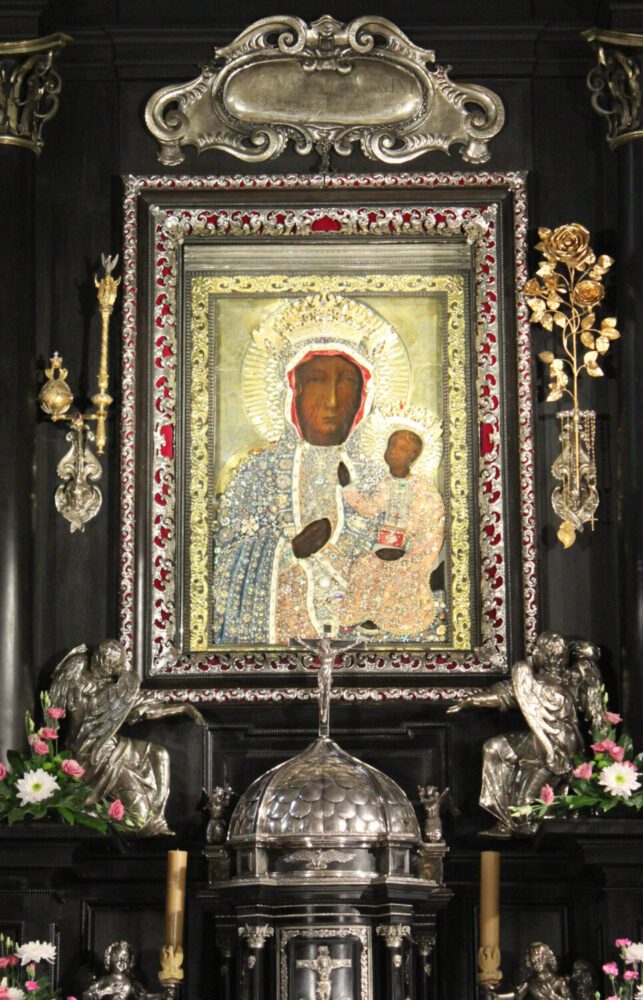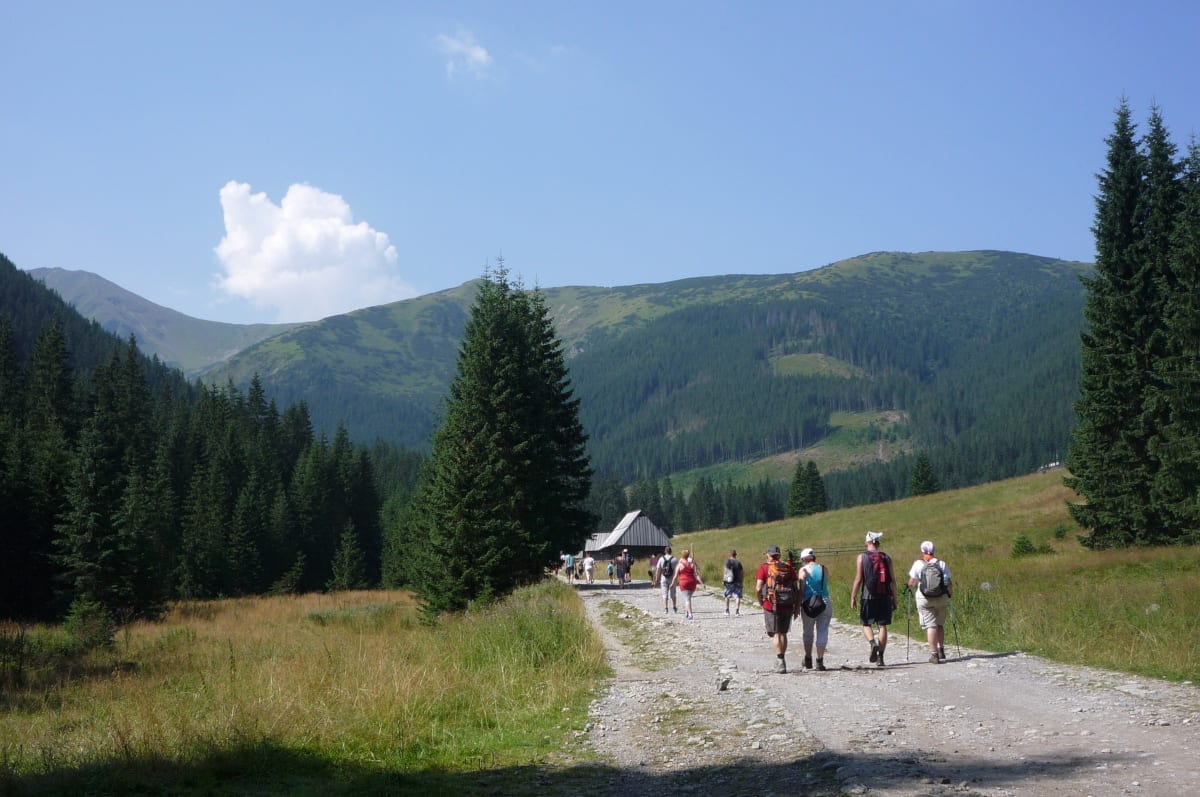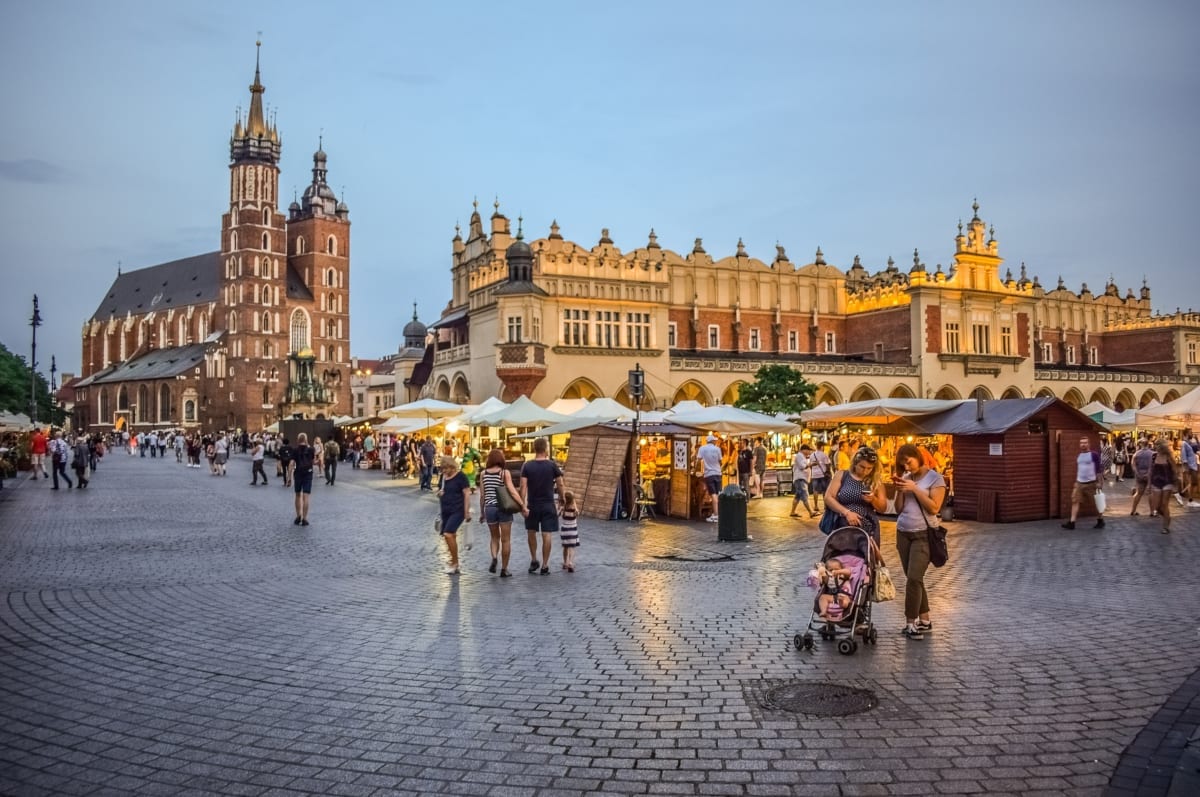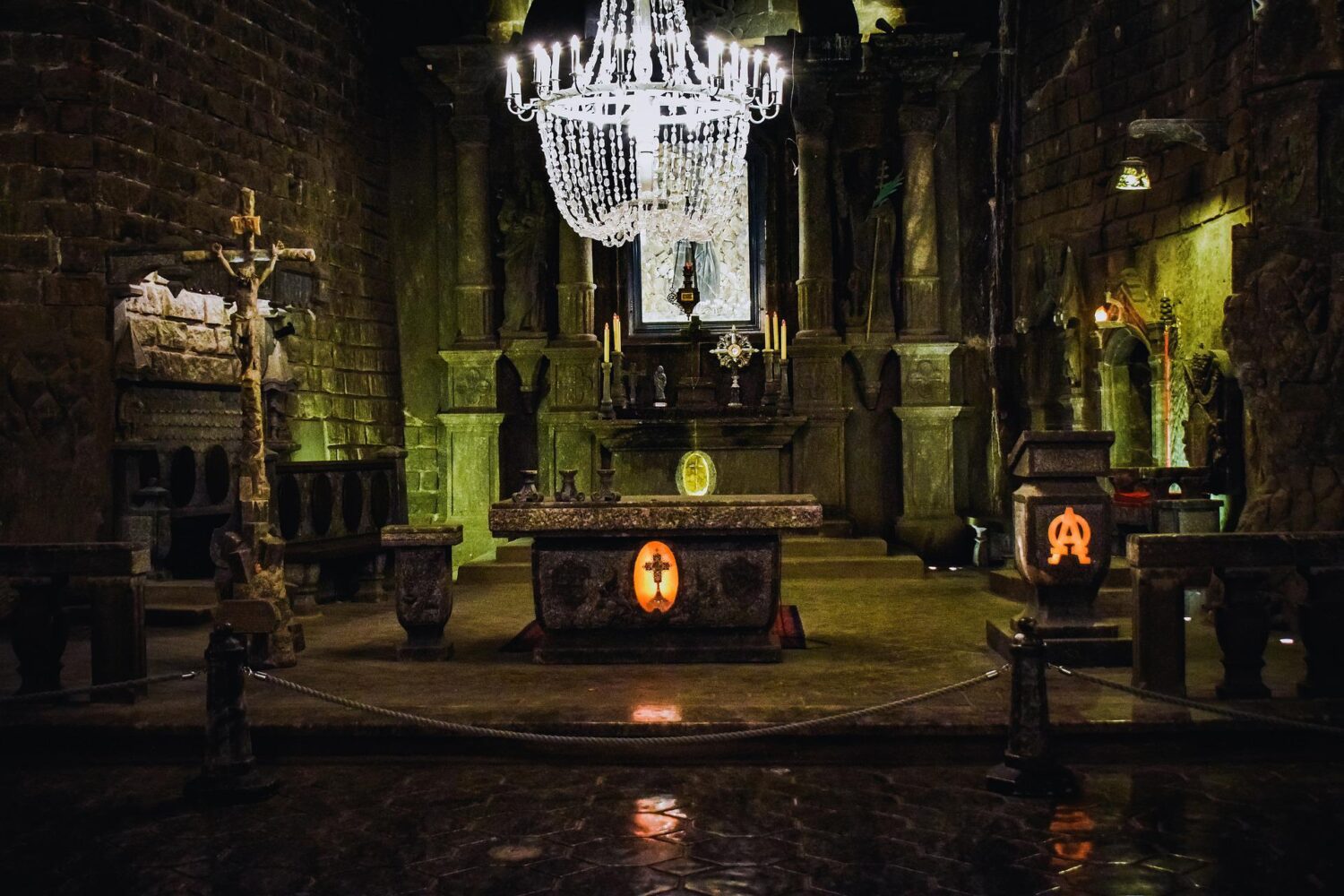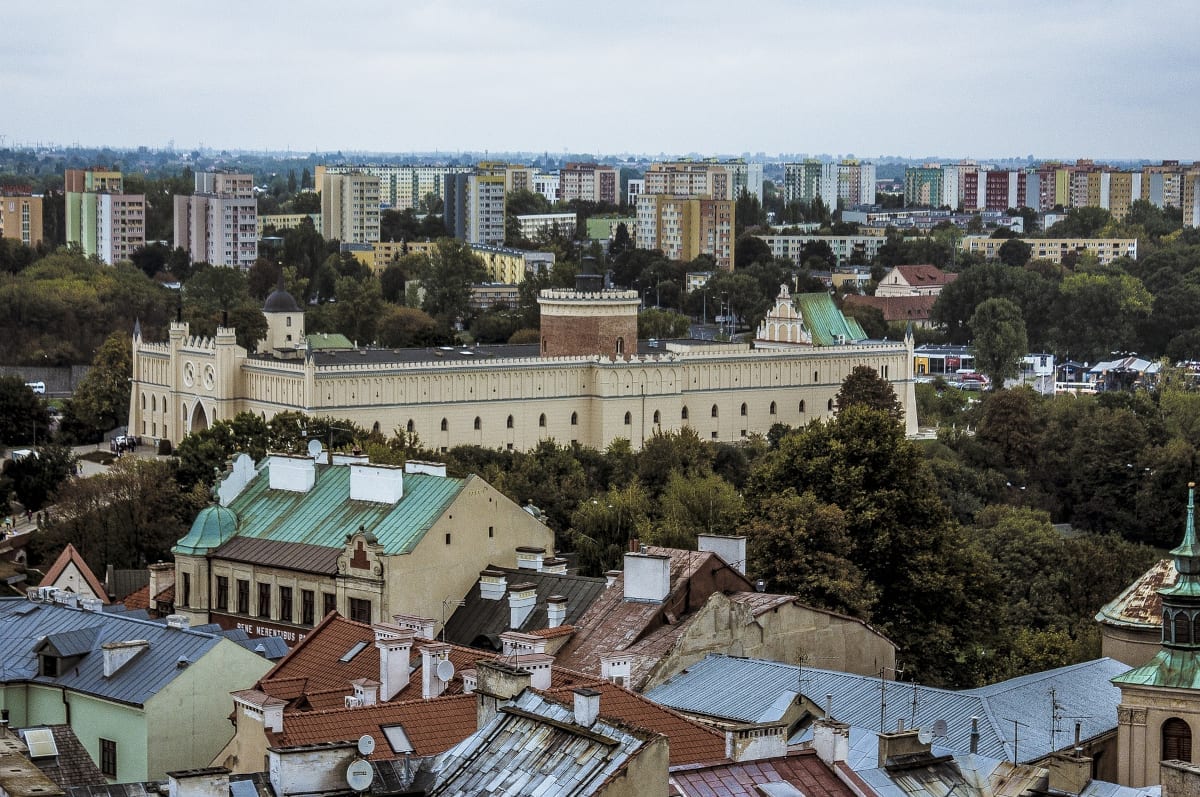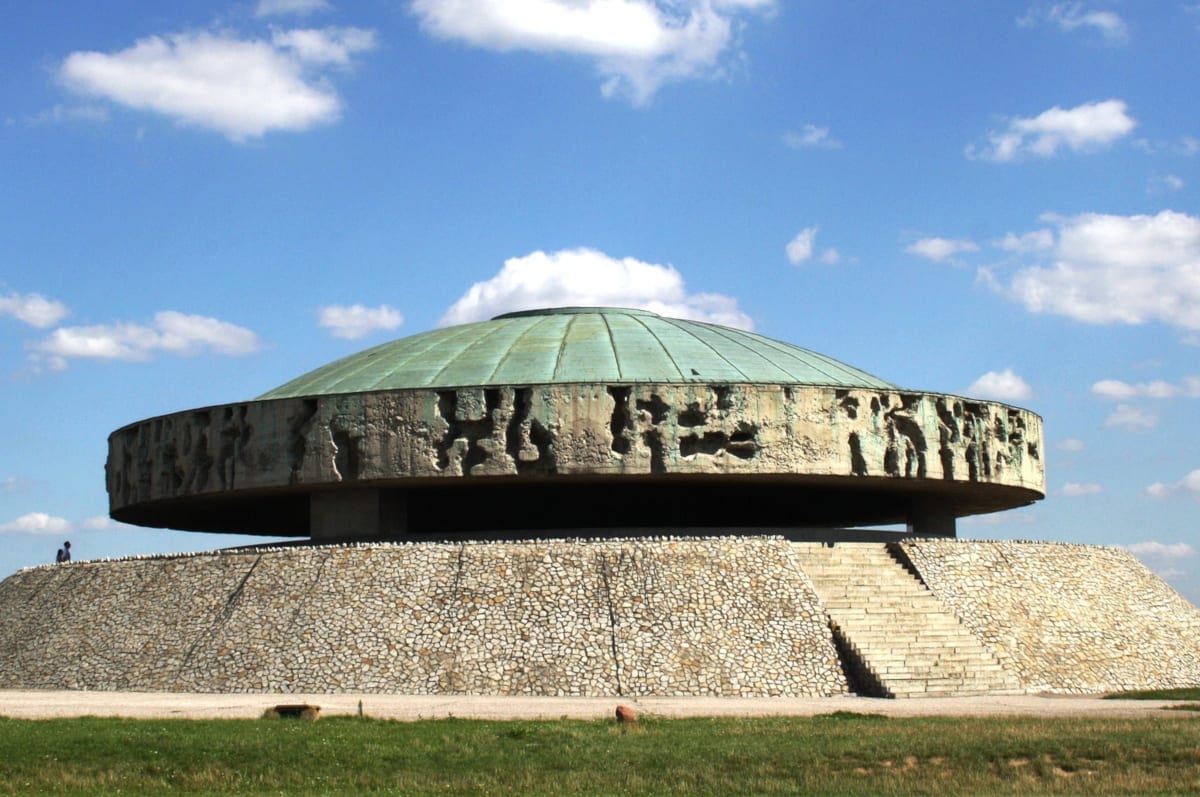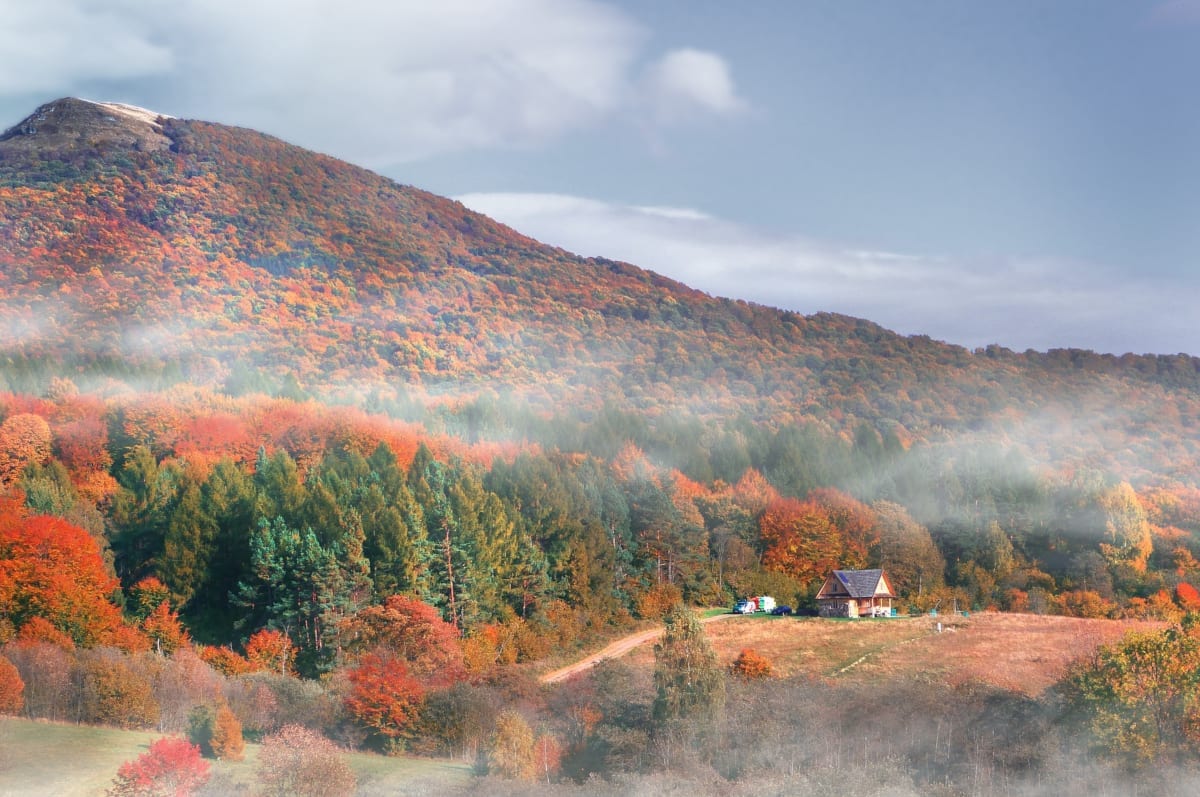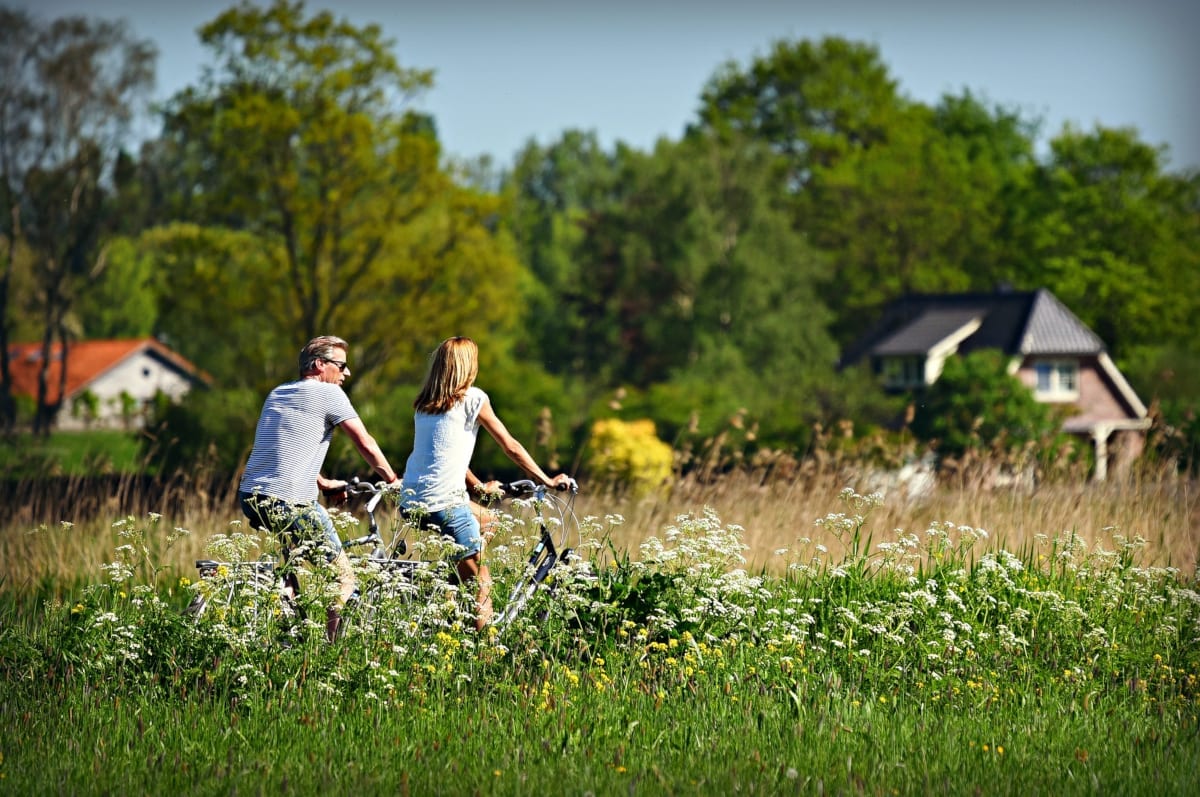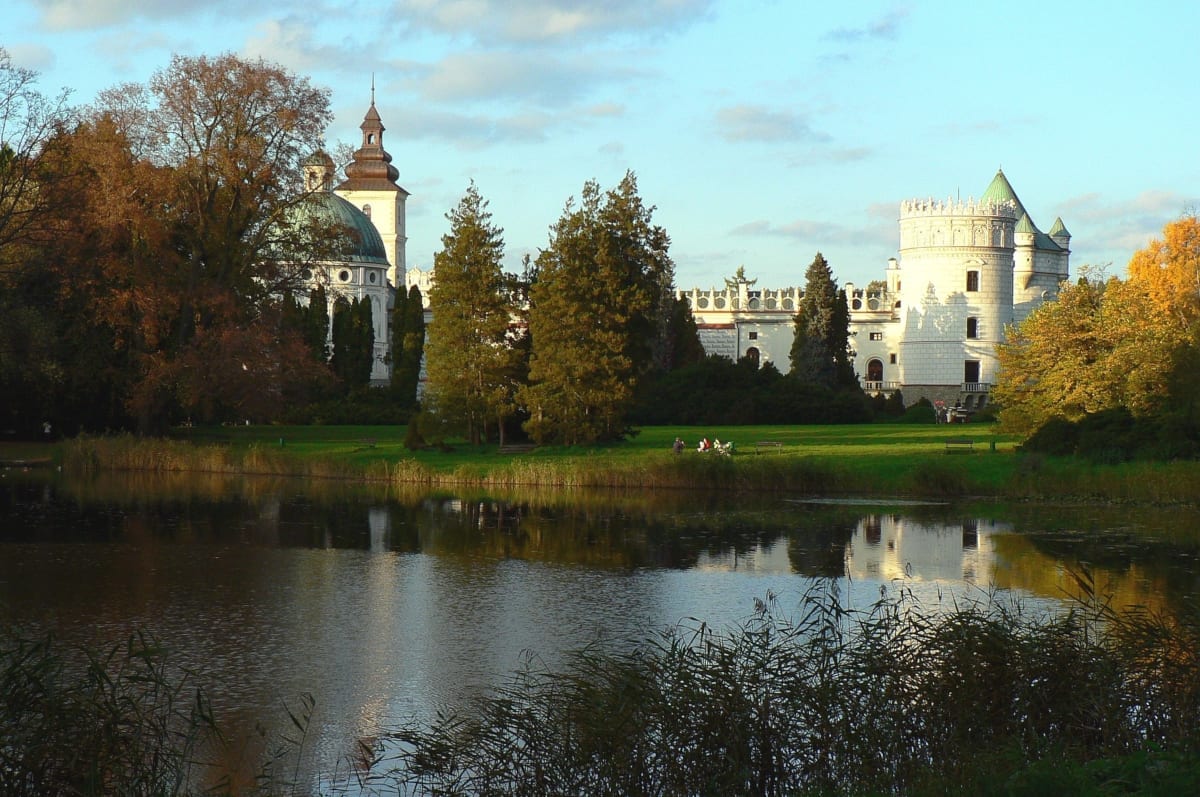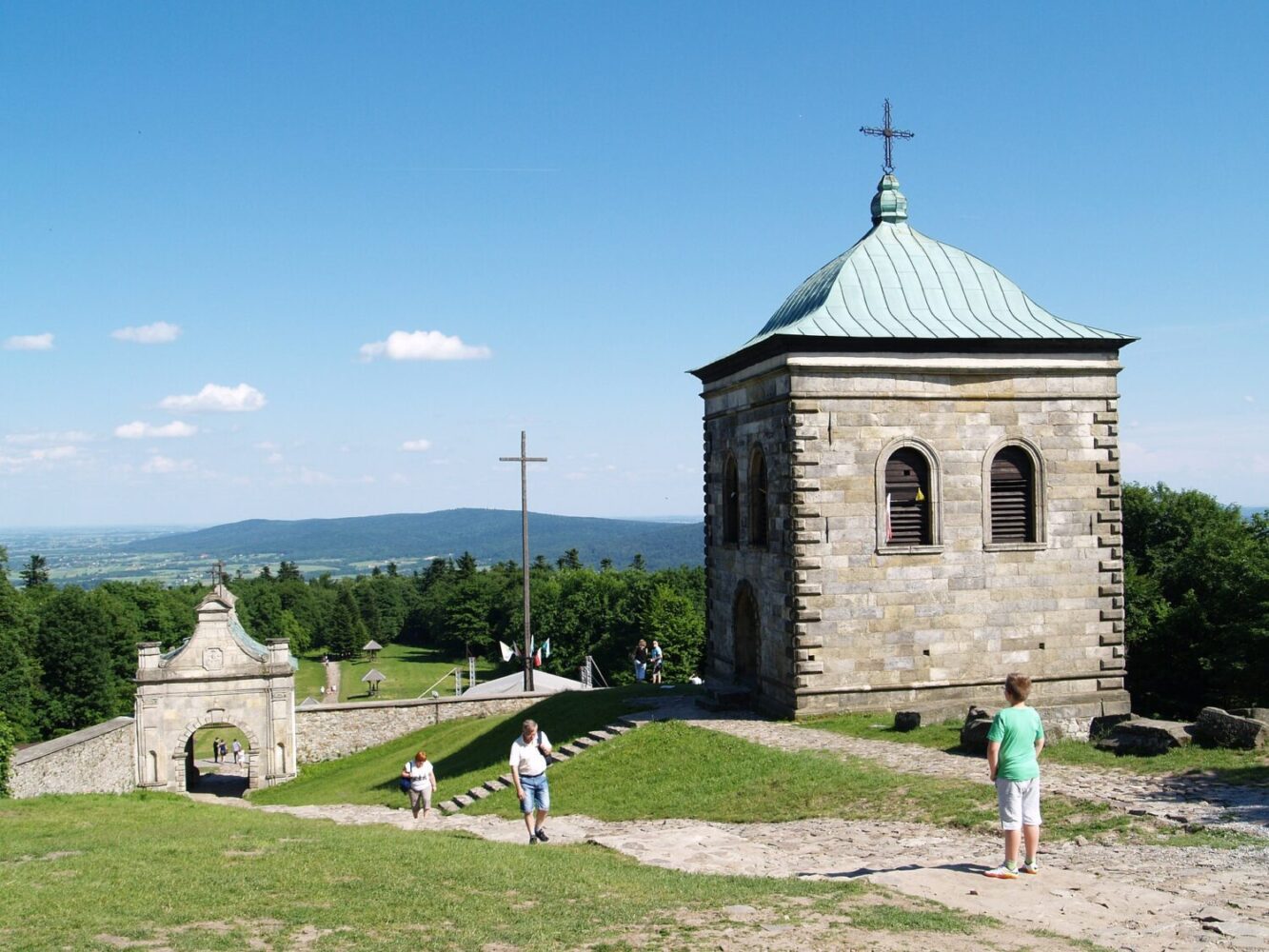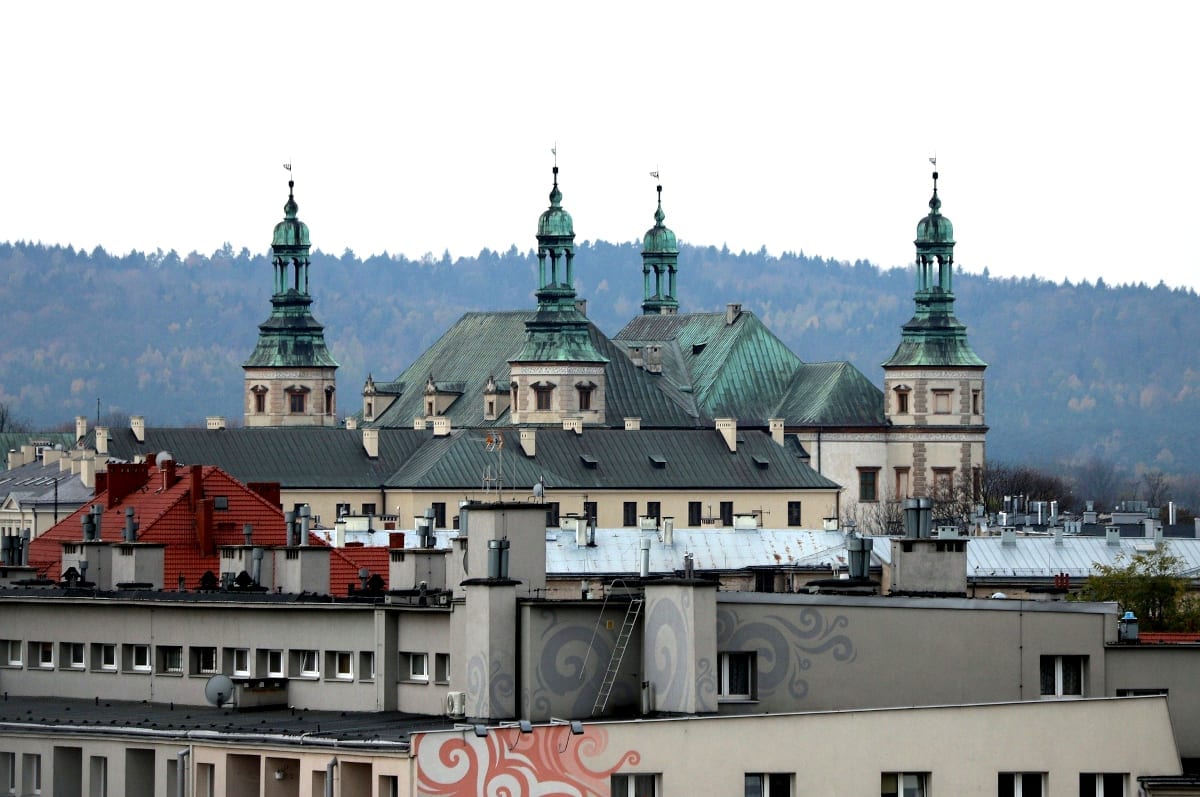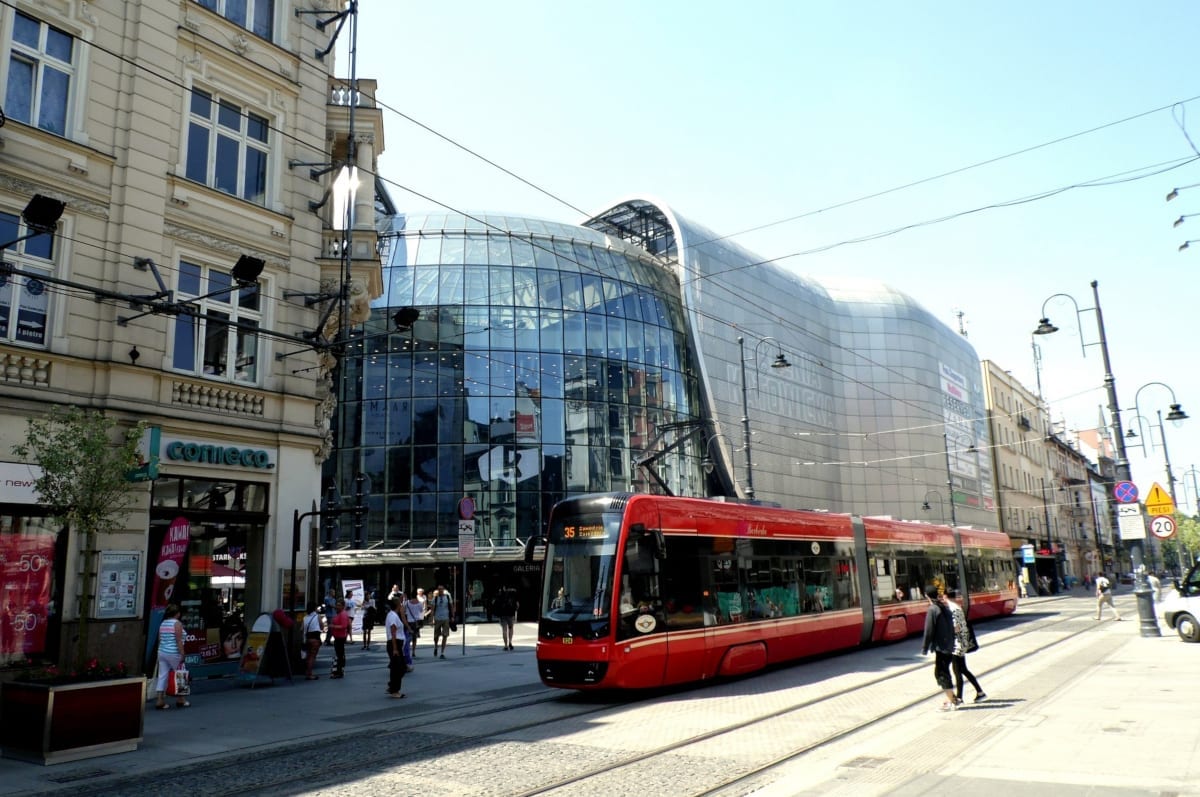Niepokalanów
Our Mary Immaculate and Saint Maximilian Kolbe
Niepokalanów – updated 12 January 2023.
Niepokalanów is a small town in Poland, located in the Masovian Voivodeship (province) in central Poland. It is most notable for being the site of a Franciscan monastery, the Monastery of the Immaculate Conception of the Blessed Virgin Mary, which was founded by Saint Maximilian Kolbe in 1927.
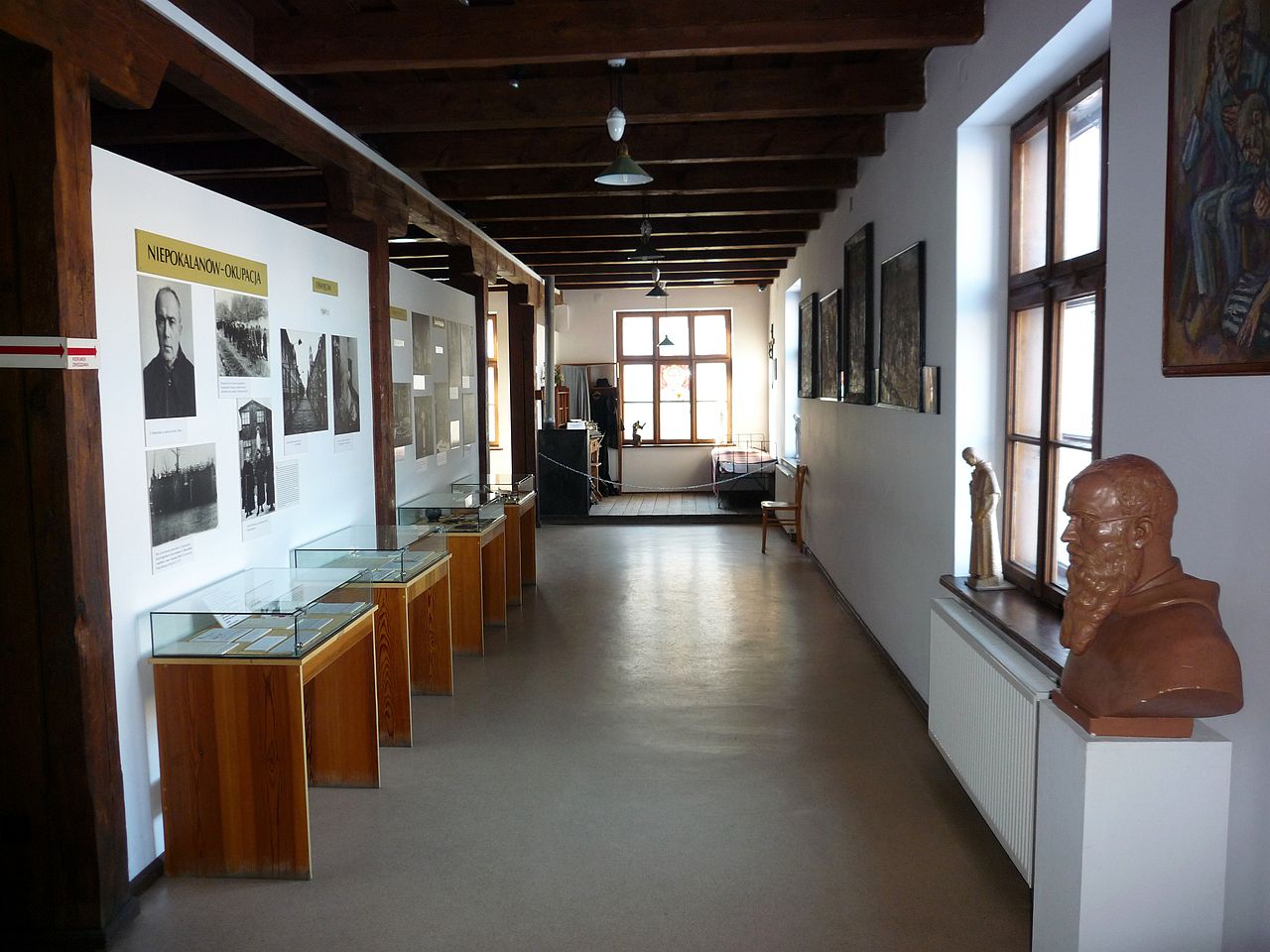
Maximillian Kolbe
The shrine is one of the newest in Poland but also one of the most popular, primarily due to the cult following of Saint Maximillian who was canonised in 1982.
Saint Maximilian Kolbe was a Polish Catholic priest and martyr who founded the monastery as a place for the Franciscan friars to live and work. The monastery quickly grew and became a major center of religious and cultural activity in Poland, attracting thousands of visitors and pilgrims each year.
The Monastery of the Immaculate Conception is one of the largest monasteries in the world, and includes a church, a seminary, a printing press, a farm, and a radio station. The monastery is famous for its beautiful architecture, including the church which is a mix of Baroque, Gothic and Romanesque styles.
The monastery also has a museum dedicated to the life and work of Saint Maximilian Kolbe, which includes artifacts, photographs, and documents related to his life and ministry.
Niepokalanów is considered as a pilgrimage destination and attracts many visitors, both Catholics and non-Catholics, who come to visit the monastery and learn about the life and legacy of Saint Maximilian Kolbe.
The Knight of the Immaculate
Prior to the Second World War, Niepokalanów was the largest monastery in the world, housing as many as 760 men. It contained a printing house producing many publications. One of these publications was called, ‘The Knight of the Immaculate’ and had a press run of 750,000 copies a month.
Auschwitz-Birkenau
During the Second World War, Maximillian Kolbe was sent to Auschwitz-Birkenau for the crime of hiding Jews from the Nazis. He died in the camp, giving his life for the life of another prisoner and it was this act of heroism, which fuelled the cult of St. Maximillian to become widespread at the end of the war.
Pope John Paul II
After the war the printing house in Niepokalanów was reopened and The Knight of the Immaculate was issued again. A new church was built between 1948-1954 and this and the monastery were visited by Pope John Paul II during his second Pastoral Visit in Poland on 18th of June 1983. The visit of the Pope made Niepokalanów famous not only in Poland, but also abroad.
700,000 pilgrims – Niepokalanów
Today over 700,000 pilgrims per year come to Niepokalanów, to visit the Basilica of the Blessed Virgin Mary and also the monastic cell of St. Maximilian. They also come to see the Panorama Theatre, which commemorates 1,000 years of Christianity in Poland and highlights the most important events in the history of the church in Poland.
Visit the Niepokalanów website.
Religious Tours
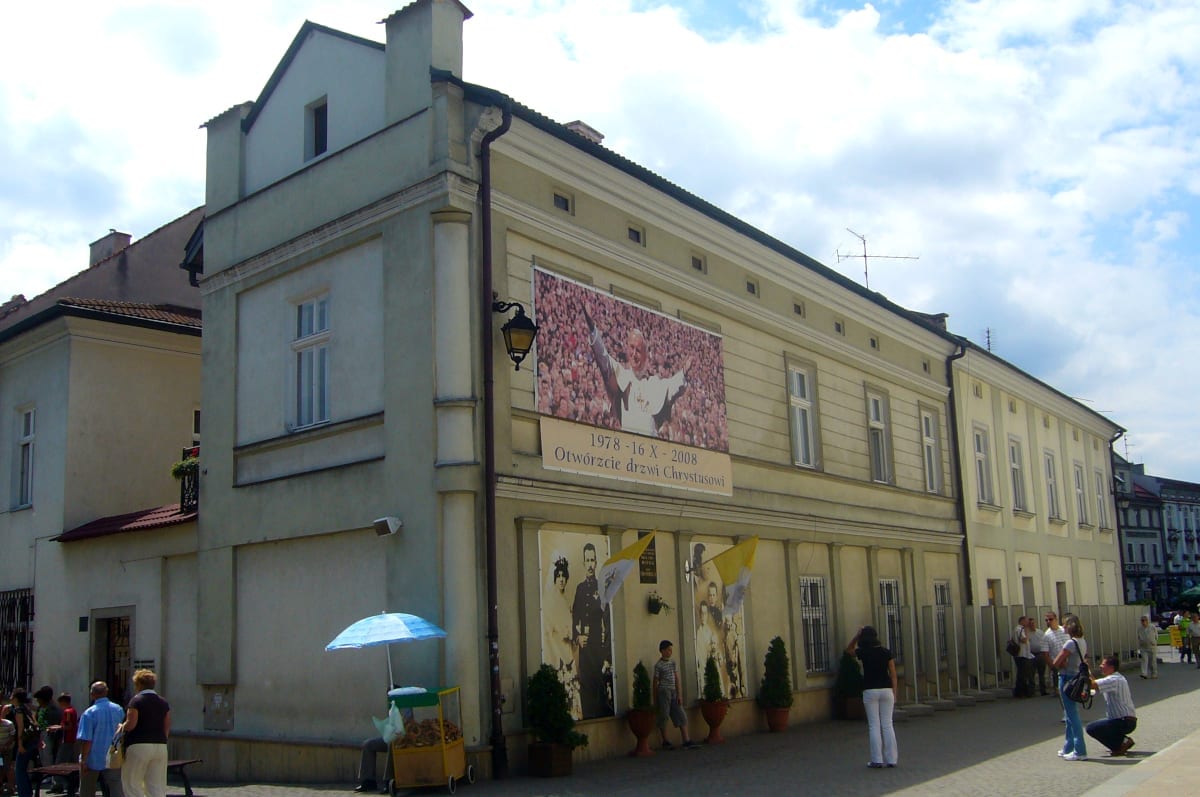
What to expect from this tour
This fascinating tour with a religious context will start from the pick-up from your accommodation in Krakow. At first, you will go to Wadowice, the hometown of The Holy Father John Paul II. Follow in the footsteps of one of the greatest Poles in history.
You will see the secondary school which young Karol Wojtyła attended. Then you will go to the Main Market Square named after John Paul II and visit the parish church. You will admire numerous paintings, chapels and famous baptismal font where future Pope had been baptized. Finally, you will participate in a guided tour at the Family Home Museum of John Paul II available in various languages.
From Wadowice you will go directly to Częstochowa often called the spiritual capital of Poland. Marvel the beauty and mystical atmosphere of Jasna Góra, the famous Polish shrine to the Virgin Mary and one of Poland’s most visited pilgrimage sites. Upon arrival enjoy your time having a lunch break at your own expense. Start your tour at The Monastery guided by venerable Pauline’s Monk. In the end, you will admire the miraculous painting of The Black Madonna of Częstochowa.
